We’ve pretty much all seen movies where the hero uses a flare gun to defeat their arch-nemesis. If you’ve ever spent any time on a boat, you’ve likely seen a flare gun stowed away somewhere.
As a gun nut, you might have wondered, “Can you actually use a flare gun defensively?”
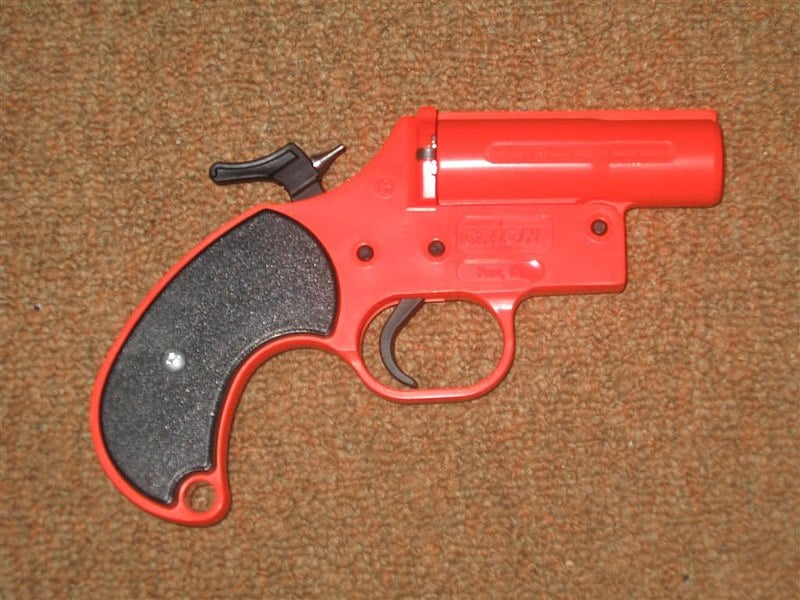
Well, we decided to conduct our own research into the question to answer this very serious question.
So, join us as we discuss what a flare gun is and its basic design principle, as well as whether you can use one in self-defense.
Keep reading to see what we discovered…
Table of Contents
Loading…
Flare Gun Design and Uses
To better understand any potential weapon, we first need to know what it was designed for.
If we know what it was engineered to do, we’ll have a much better idea of the capabilities (and flaws).
Created in 1877 by Edward Very, the flare gun was designed to signal to other ships that somebody was in trouble.
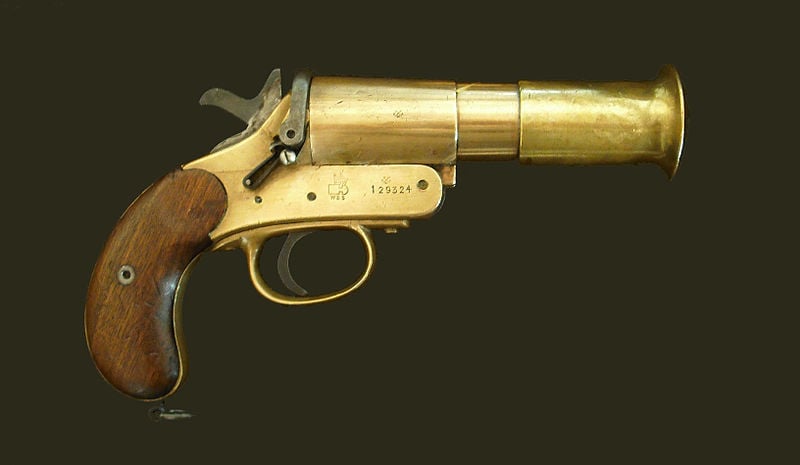
As such, the very first flare gun, the Very pistol, was created.
It looked similar to the modern flare guns you’ll see out on the market today.
Opting for a snub-nosed, metal design, it looked like a small revolver. Really, the design hasn’t changed all that much since then.
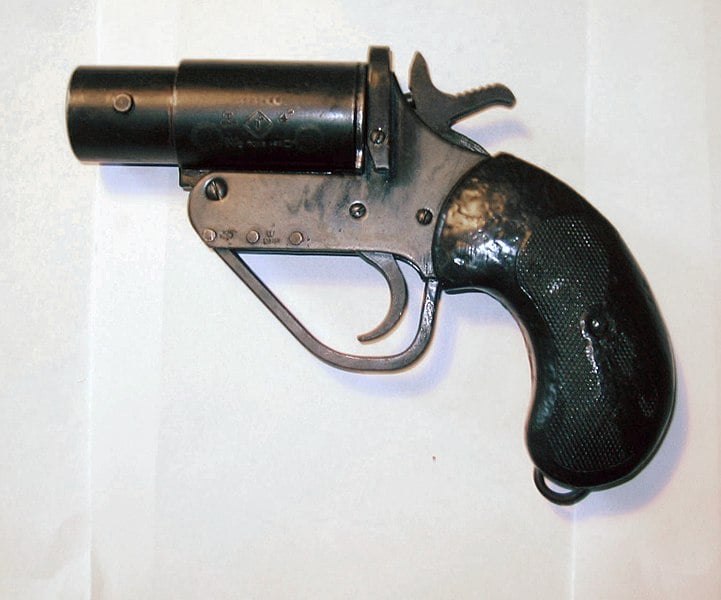
Accuracy doesn’t matter for a flare gun as its purpose is to point in the air and pull the trigger.
The result is a bright, burning projectile that stays lit for somewhere around 6 to 8 seconds.
For those lost at sea, aboard a sinking boat, or in similar situations, this is a great way to alert rescuers of their presence.
Firefighters also are known to use flare guns to start bac fires to deprive larger fires of fuel. This takes advantage of the extended high heat output these flares can produce.
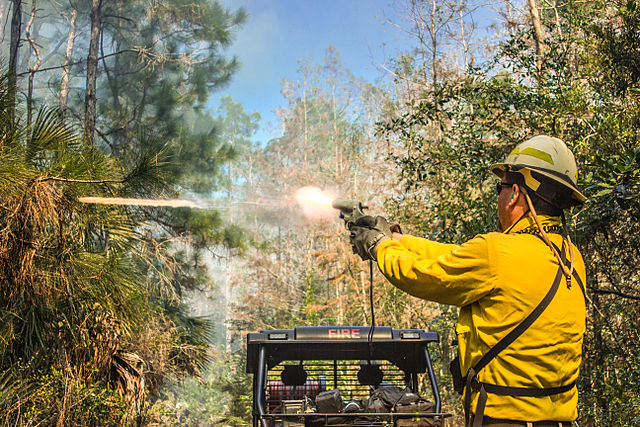
But what about for our purposes here? In a self-defense situation, does a flare gun have any merit?
Let’s take a closer look at the numbers to see what predictions we can make…
Flare Guns: The Specs
Flare guns typically come chambered in 12-gauge. As a result, you could apparently fire a flare out of a shotgun. (We don’t recommend you do that.)
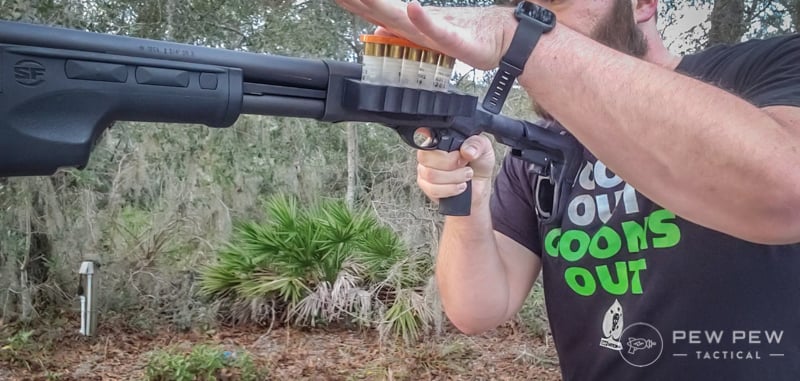
From tests, it appears as if many flares feature a muzzle velocity somewhere in the range of 238 to 334 feet per second.
Matthew Noedel of the WSP Crime Lab found this to be pretty low…meaning that the risk of penetration from a flare gun round is low as well.
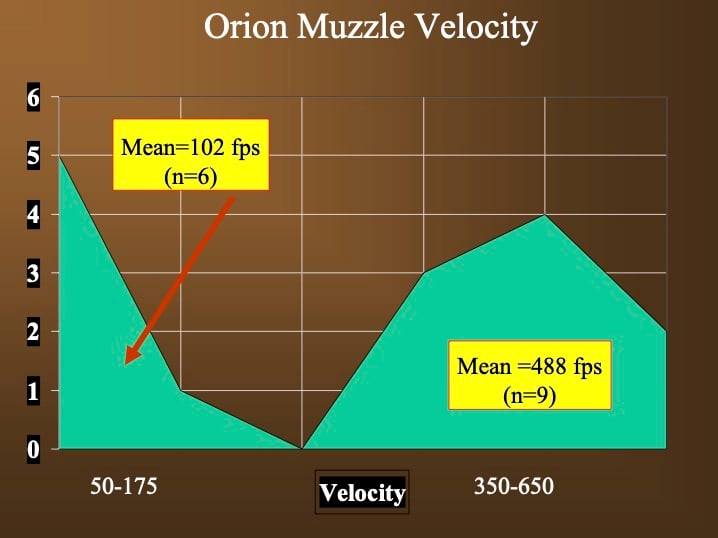
Anecdotal stories seem to support as much.
For example, a 17-year-old was able to hold up a sailboat sail to deflect a flare shot at him from an angry — you guessed it — Florida man aboard another boat.
We also know that many flares out there on the market burn somewhere around 1,800 to 2,000 degrees Fahrenheit.
This hopefully illustrates why firefighters can use flare guns successfully to start backfires.
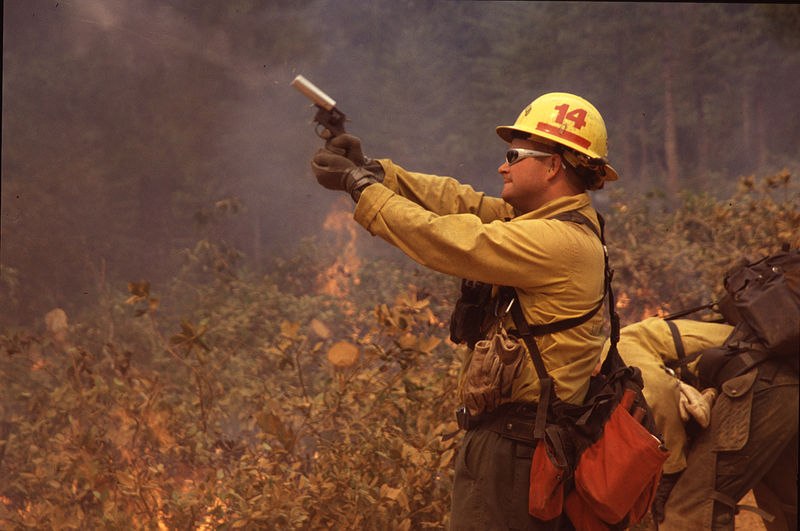
If you’re going to launch a fireball into dry brush, something will catch on fire.
But is this threat of fire enough? Can this pose a viable means of self-defense?
Does History Shine a Light on the Subject?
When it comes to flare guns, we have something of a mixed bag.

A security guard at a Nashville Kroger was shot in the chest with a flare gun by a shoplifter. While he did sustain burn injuries, he was able to return fire with his service weapon.
In Old Sacramento, California, a man was shot in the face with a flare gun and experienced internal bleeding and major swelling.
And in Moscow, Russia, a man was shot in the neck with a flare gun following a road rage incident. The man’s neck was lit on fire, and he was put in the ICU listed as in serious condition. Law enforcement arrested the aggressor on “hooliganism” charges.
So what conclusions can we draw from these events?
For starters, hooligans sure can get away with a heck of a lot in Russia.

Second, we can deduce that a flare gun can certainly be dangerous.
The Dangers of Using a Flare Gun for Self-Defense
There are three main dangers to using a flare gun for self-defense:
Single Shot
You better not miss if you end up in a life-or-death self-defense situation.
A flare gun comes with one shot, and should you miss, you’re screwed.
The chances of reloading and firing a second shot (or a third, or a fourth, for that matter) are slim to none.
Fire Risk
Another thing to worry about with flare guns is the risk of starting a fire.
Consider that a flare gun is designed to create light. This happens through a chemical reaction creating an incredibly hot flame for an extended time (7 seconds or so).
That much heat for that duration is plenty enough to light something on fire. And if you light something expensive on fire, you’re going to live to regret it.
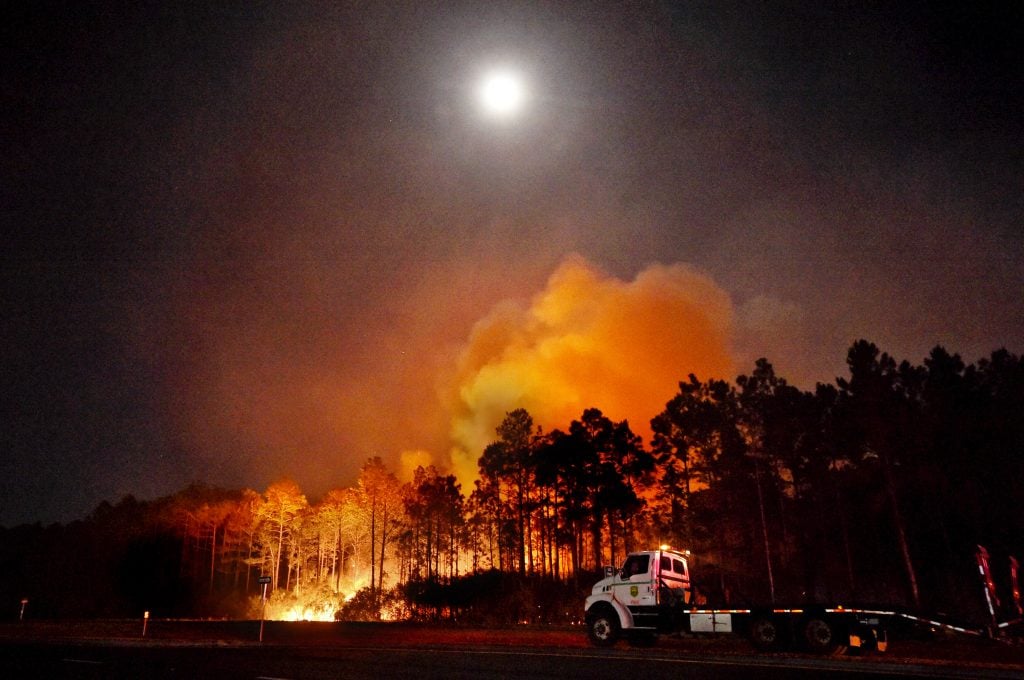
For example, in 2009, two brothers in Milwaukee were arrested and given 90 days in jail, three years of probation, and 500 hours of community service.
Why? They celebrated the Fourth of July by shooting off a flare gun and caught a meatpacking plant on fire. It caused $50 million in damages.
Have you heard of the English rock band Deep Purple?
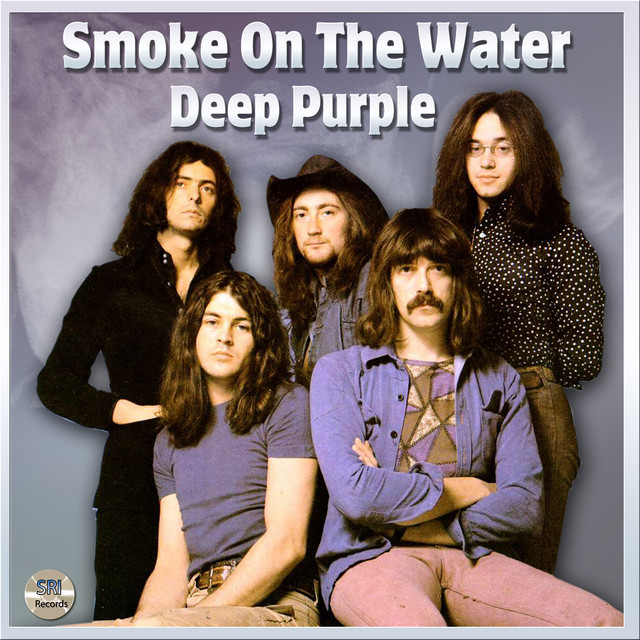
Their song Smoke on the Water was written after an audience member inadvertently burned the theater they were playing from to the ground after firing a flare gun into the air.
So, fire is a very serious risk with these things.
Virtually Zero Penetration
As mentioned above, a flare gun doesn’t offer much when it comes to muzzle velocity.
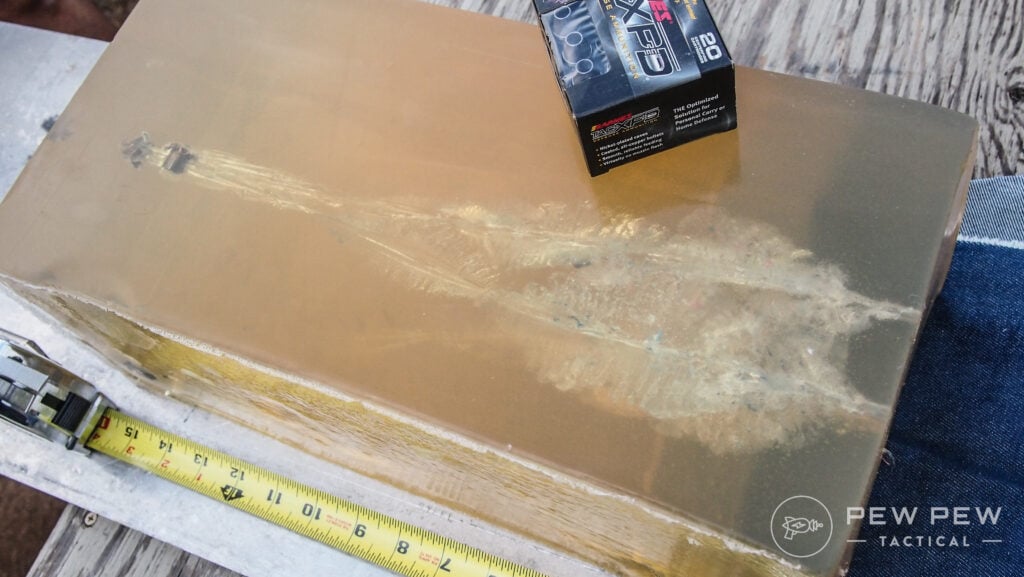
While a flare shot may ignite an attacker on fire, it may also just bounce off him.
That’s not going to do you much good when the bad guy realizes that you’re now completely defenseless.
Conclusion
So, what’s the verdict? Can a flare gun be used defensively?
Though object fighting is very much a thing, a flare gun might not be your best bet.
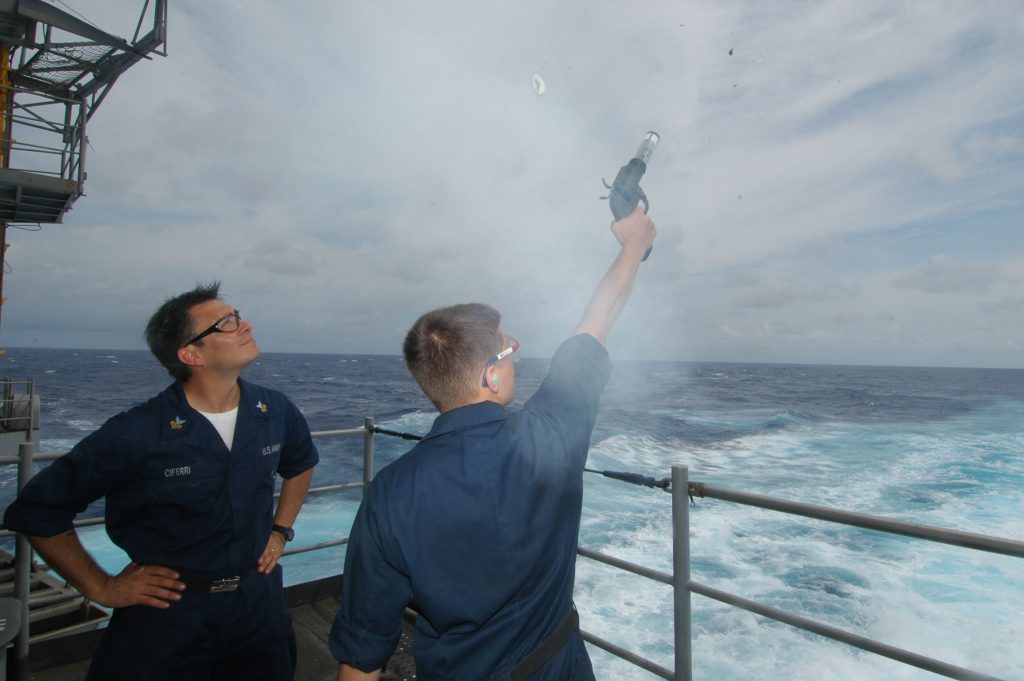
A flare gun shouldn’t be a weapon you regularly carry with the intent of self-defense. There are much safer and more effective options out there that will do a much better job of stopping a lethal threat.
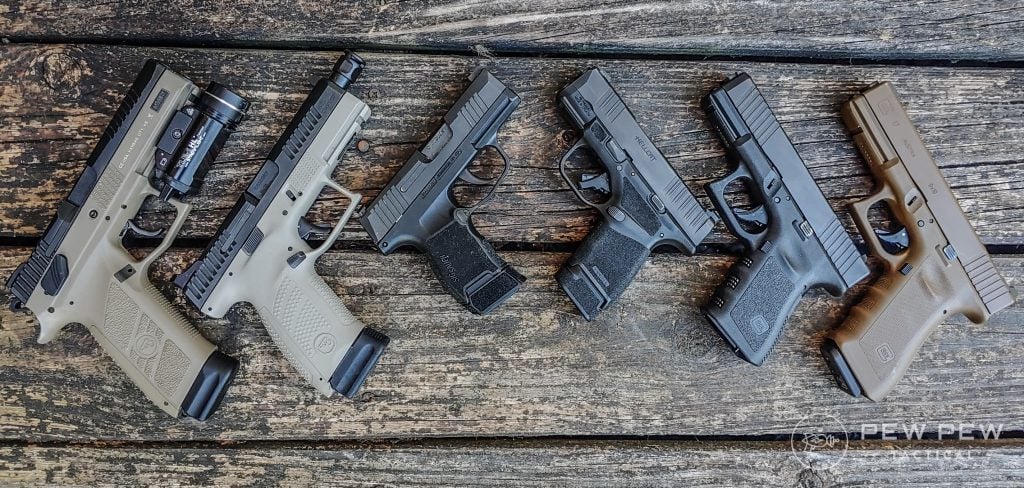
So, while a flare gun can most certainly injure somebody, I highly recommend you not rely on one for regular self-defense purposes.
What are your thoughts on the subject? Have you ever had to use a flare gun? Let us know in the comments below! Ditch the flare guns and get yourself a concealed carry pistol with our roundup of the Best CCW Guns on the market.









6 Leave a Reply
Unless of course if you're facing a hord of Alan Wake "taken" style zombies flare guns are brilliant for self defense since at that point its basically a rocket launcher.
There are adaptors for flares though. Now you've got a single shot .22, .38 or even a .45 or... there is always the Flarro!
There is 22 lr inserts, 38 special inserts and 45 long colt insert and fires 410 shot gun shells for that same insert/adapter. People would not know what to think of a flare gun like older 26.5 mm one with big barrel but has a big hole inside barrel if using .45 colt/410 adapter, the adapters/inserts don't come out all the way to the end of barrel on 26.5 mm flare guns and people would not know what to think just getting hit with a flare gun not knowing there is .22 38 or 45/410 insert, the 12 gauge new ones I believe have inserts as well. I have older 26.5 mm with .22 lr insert and .45/410 insert, its only gun I own, its dual use flares I use it for and emergency real bullet with insert/adapters.
So if you have one handy, nothing else handy, and are at essentially contact distance it might be as good as a taser, maybe.
Once upon a time when I was a pile-it there was another pile-it whose kid was poking around in a flight bag and the five year old kid found the flare gun... one little boom swoosh later and the house burned down.
Paul Harrell, the guy behind the "meat target" on u-tube came to the same conclusion. Still if you subscribe to the idea that most defensive gun use end with no shots fired a flare gun might work. Another good article